Creating the right smart city — one that’s human-centric and people-first
June 21, 2023
Smart cities are one of the next frontier approaches in addressing the world’s most pressing challenges — rapid urbanisation, climate change, and widening inequalities — as well as for improving society’s quality of life. By 2050, more than 68% of the world’s population will live in cities, and an increased in the global CO2 emissions originating in urban areas from the current 75% is expected (1).
Earlier this year, on 21 February, I was invited to speak on a panel at GovInsider's Live Malaysia Series, on this exact topic. Alongside Professor Mahendhiran Nair, Pro-Vice Chancellor (Research Engagement & Impact) at Sunway University and Mr. Zulkifflee Mohamad, Program Director of Malaysian Industry-Government Group for High Technology (MIGHT), we brought to the table a discussion centered on the different areas of Malaysia’s smart city vision, and the opportunities and challenges that the journey might elicit.
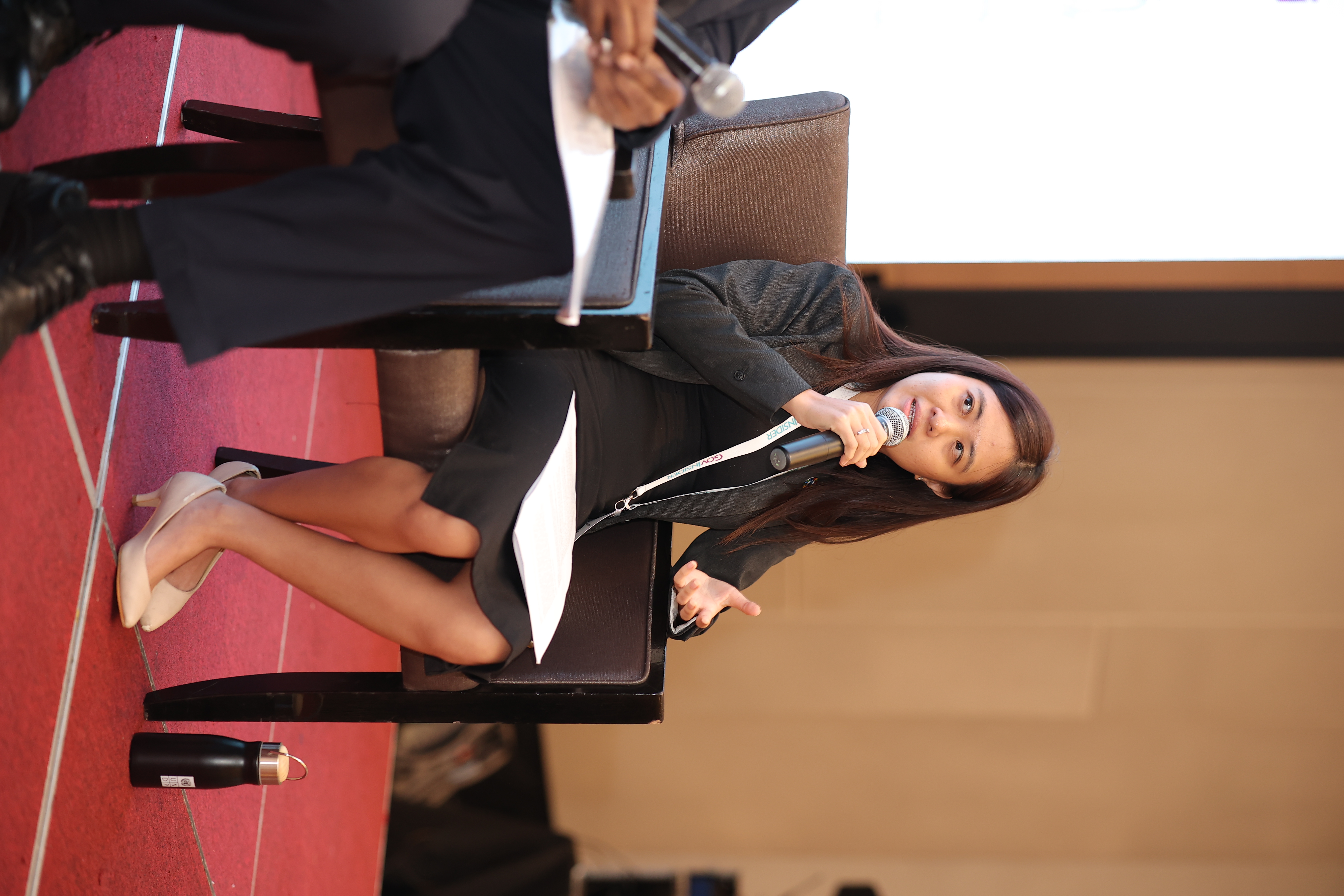
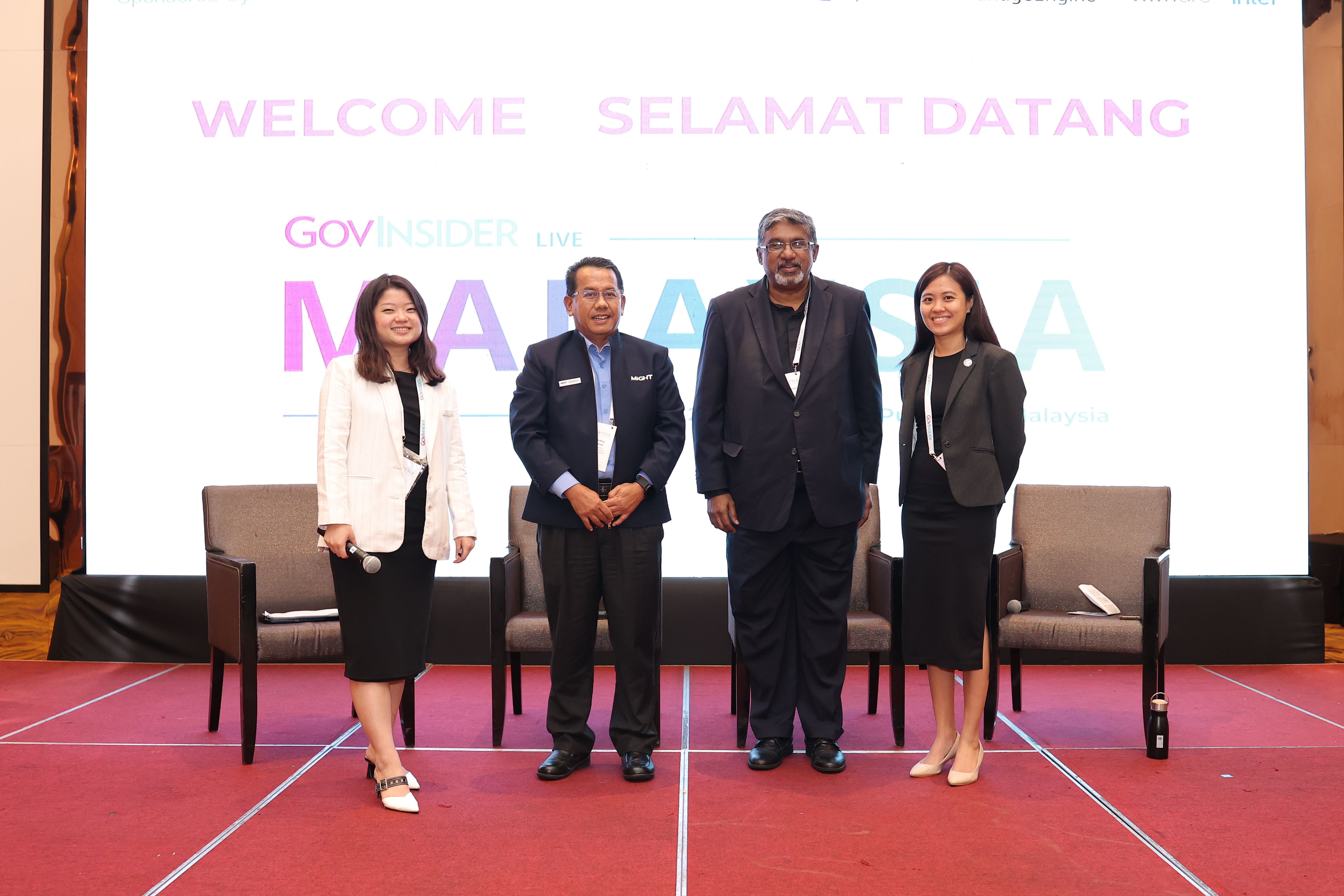
After an hour of lively discussion, my key takeaway from the session was this: that smart cities are not just about tech — it’s about the people that live in it. A smart city is a city that uses innovation, data and technology rooted in local understanding and changing context, to shape more inclusive, liveable, and sustainable urban environments that benefits their citizens and residents. How can we create inclusive smart cities, where the needs of different stakeholders are met and the marginalized are not further left behind due to widening digital divide?
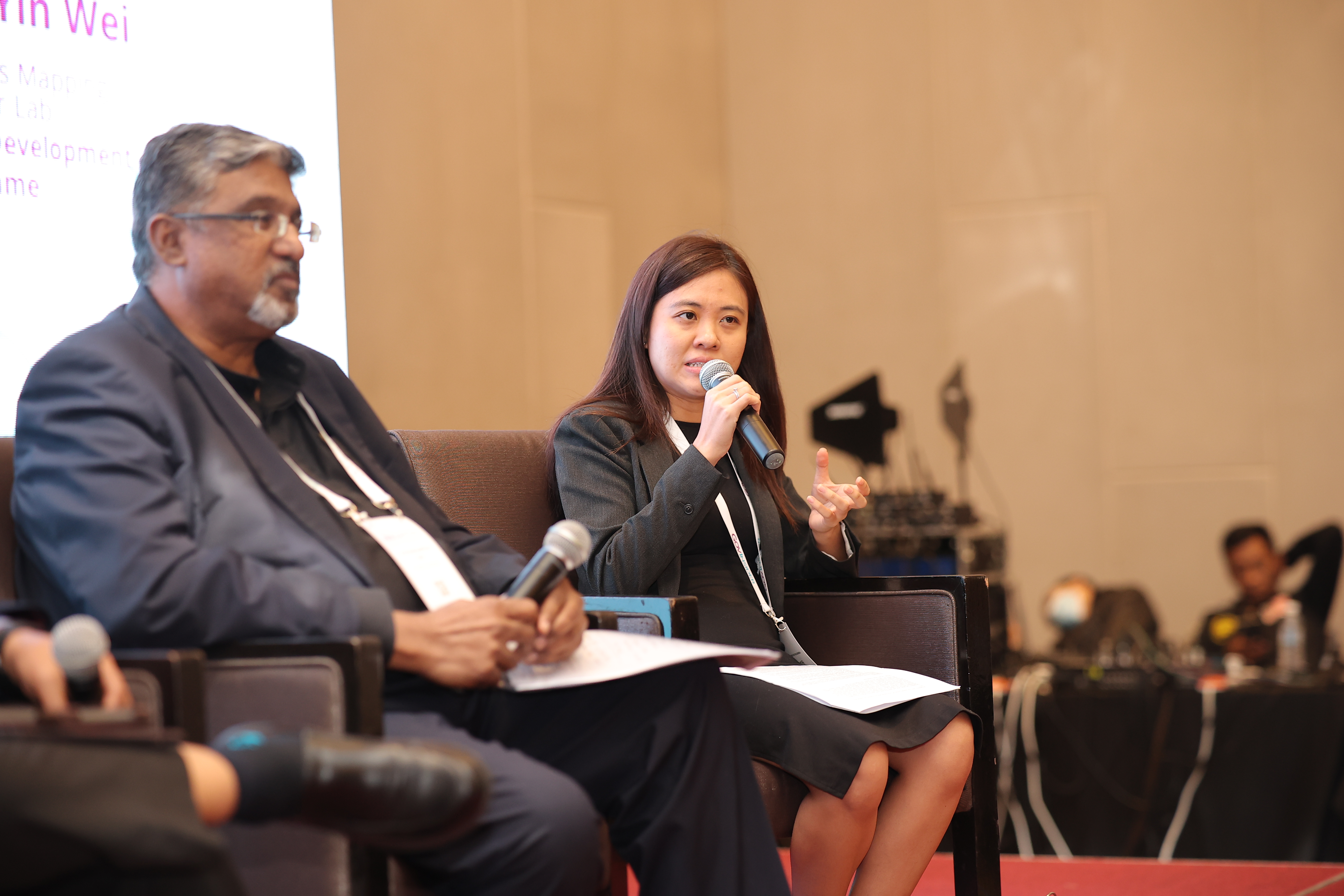
Not just about tech: adopting a human-centric, nature-based approach
Building smart cities doesn’t always equate to cutting edge technology or bigger, shinier tech. In fact, more appreciation can be shown for nature-based solutions, grassroots innovations, and low-tech but high-impact interventions that solve local problems, while leveraging on indigenous knowledge and empowering people. “Sponge cities” across China that use nature-based solutions to manage rainfall and floodwater and passive cooling shopping center in Harare, the capital of Zimbabwe, are good examples of nature-based solutions. In Malaysia, efforts to prevent soil erosion through planting of bamboo and indigenous plants were among the nature-based solutions effectively used, moving away from the traditional heavy infrastructural interventions to prevent floods.
Through a bottoms-up approach, city planners can engage with communities and stakeholders at the local level to identify their needs and priorities, and develop solutions that address those specific issues. This approach can lead to more inclusive and effective solutions, as it empowers communities to take an active role in shaping their own cities.
Globally, there are many good examples of how smart government using data and technology can improve citizen participation in the development of a liveable and sustainable city. In Madrid, citizen’s voice are factored for selection of projects in the city through the Consul Platform that offers and open and transparent manner for project application and selection process. Similarly, Amsterdam City web platform facilitates smart city ideas and project collaboration between public and private institutions, including startups, universities and government agencies and input from citizen a critical success factor for their city.
Inclusivity key to building smart cities
Ensuring that women, children, the disabled, indigenous groups, and people with low socioeconomic status are involved in the design of the cities is a crucial component of this. It’s also essential that these groups are not hampered by their lack of access to digital platforms or digital skills.
For example, in 2020, the Accelerator Lab Malaysia embarked on an experiment with the Seberang Perai Local Council to protect rivers through user-led park designs. We engaged a hitherto-unreached user group: students aged 10-14 years, to experience the park and river located at the heart of the city, and later prototype a model of the envisioned park design using playdoh, paper and pen.
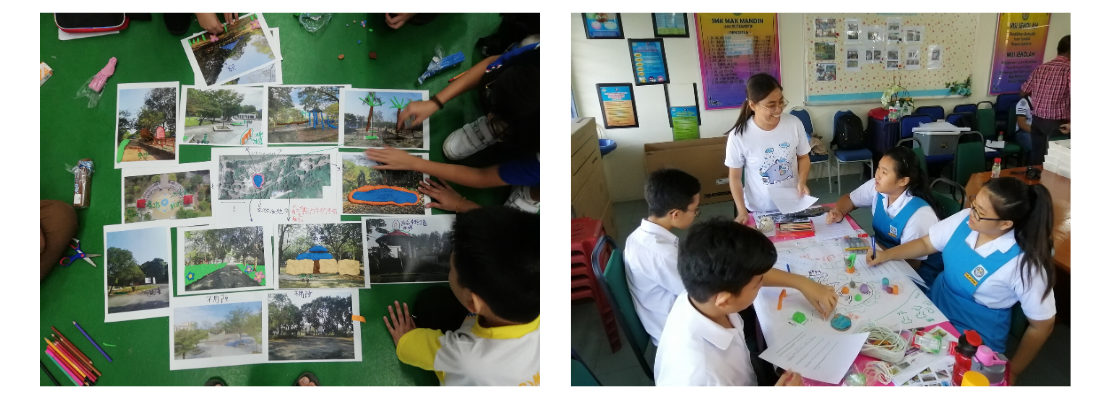
Prototyping activities included annotating photographs of scenes at the park, as well as building spatial models.
UNDP Malaysia has also been involved in the development of aged-friendly cities in Taiping, Perak. A pilot assessment and report conducted in partnership with the Malaysian Research Institute on Ageing, Universiti Putra Malaysia, was completed in 2022.
Looking to global examples, building infrastructure with women in mind has proven benefits for everyone. Cities that embrace female leadership see greater socioeconomic and sustainable development — whether it’s safe cycling routes or promoting gender inclusion in modern urban design, as demonstrated in Athens, Bogota, Nairobi, Dakar and San Francisco. Additionally, increasing the number of women in the Science, Technology, Engineering and Mathematics (STEM) workforce can fuel the development of more inclusive solutions in cities; ones that consider and cater to the needs of both genders.
This clarion call, for engaging more women in STEM and digital spaces, was further solidified this year during International Women’s Day on March 8, which carried the theme of “DigitALL: Innovation and technology for gender equality”. In 2021, I spoke at the Girls in ICT Dialogue and shared similar sentiments then. Technology reflects its creators, which is why it’s important to equip all segments of society with the right skills to thrive in the digital world.
A landscape of challenges
Implementing and creating smart cities over the next decade will also present an increasing number of data privacy and security concerns. With the vast amounts of data generated by smart city technologies, there is a risk that personal information could be compromised or misused, leading to privacy breaches and security threats.
Cyberattacks from individuals or state actors can sabotage the operations of an entire city due the interconnectivity of smart systems, increasing cyber-physical risks that threatens the safety of the masses. Surveillance tools and data tracking used purportedly to combat terrorism and crime can be weaponised for illegitimate reasons eg. clamping down dissenting views and obstruction of freedom of speech.
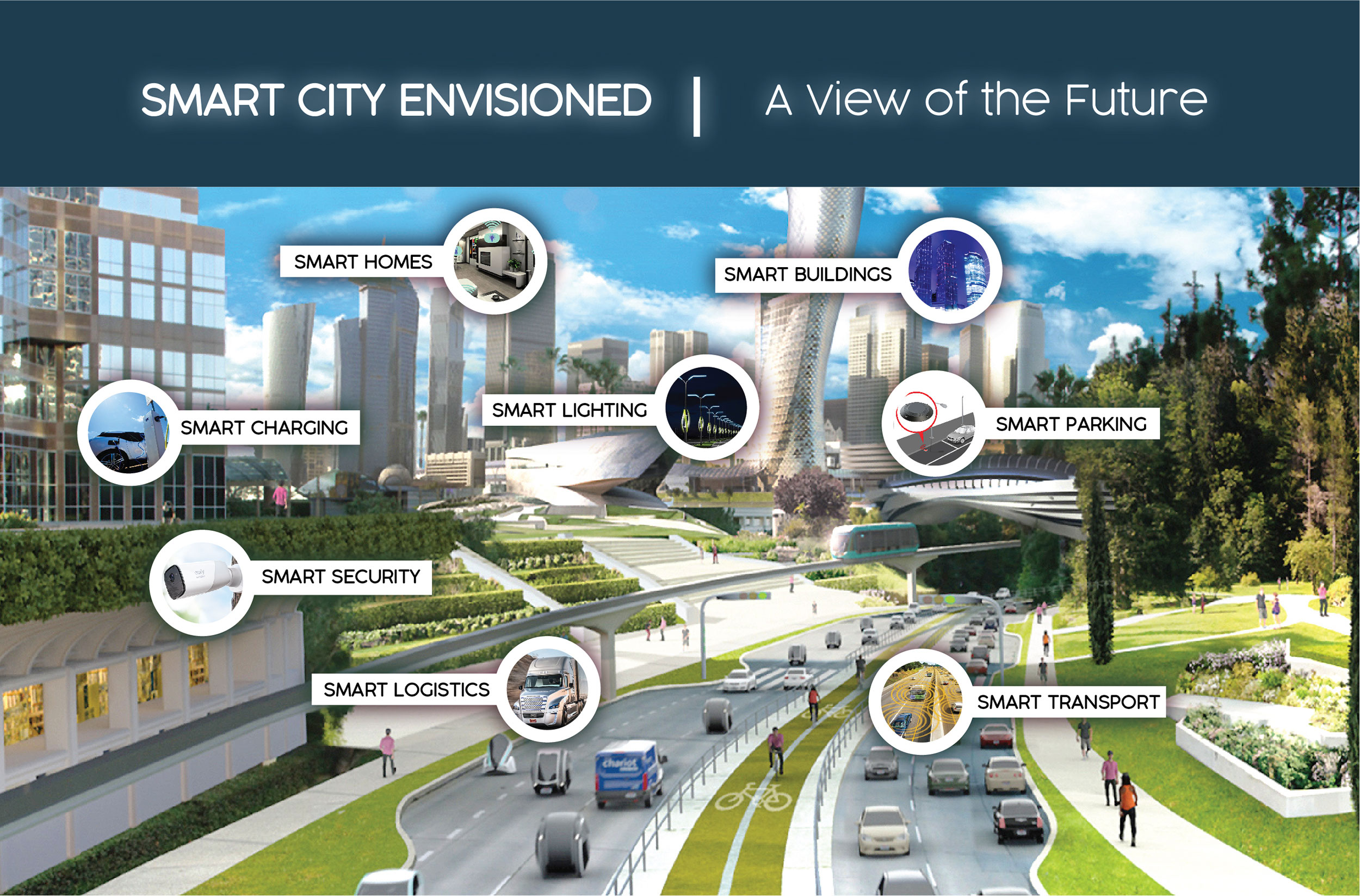
Questions on the role of government and the emerging governance deficit — data protection, data sharing, data infrastructure, etc, are bound to arise. Industry players and leaders should steer away from being obsessed with infinite growth, but instead consider how our cities are built in exchange of social fabrics and environmental health.
Additionally, there will be challenges related to financing and scaling up smart city projects, as well as the need to ensure that smart city technologies are interoperable and can be integrated with existing infrastructure and systems. New institutions may need to be established to manage common public issues, such as waste management or traffic control and to build the capacity of public service officers.
In UNDP’s experience working on the urban observatory with Iskandar Regional Devlopment Authority (IRDA), establishing data sharing policies and framework that works for the local governance structure is key in sharing data for better urban development. Stakeholder engagement with local councils and having local champions is essential for the success.
While all 5 local councils in the project agree to the importance of more data, many are still apprehensive in sharing data for different purposes, citing data protection concerns. Having a common objective or problem to solve helps in driving the purposefulness of data sharing. For example, to tackle the pollution issue of Sungai Senget, multiple local councils needed to share data in order to identify the source of pollution and monitor the progress of intervention.
In general, there are still a lack of understanding on what a smart city looks like and how the application of data translate into tangible actions and impact. And whether behavioral changes accompanies and sustains the benefits of the technology and infrastructure solutions implemented in smart cities is another crucial element to be factored in at the start of the city planning and design. Understanding the behaviors, culture and nuances of a city is inevitable.
More importantly, app creators and technologists need to be aware of the practice of humane technology and carries the responsibility of ethical creation – understanding how each technology affects our decision making, emotions, social cohesion, and attention span; to do no harm and to create a product that enhances our quality of lives as humans, and not detracts from it.
The role of UNDP's Digital Standards
To ensure new technologies are used effectively, efficiently, and ethically, the UNDP Digital Standards were created to help provide guidance for UNDP teams on best practices when creating digital solutions that support our Development Goals. From ‘starting with the need’, to ‘doing no harm’ and ‘measuring what matters’, the Digital Standards provide a robust framework for innovation and improvement in our work, including our work in smart cities.
UNDP’s work on smart cities focusses on the interplay between different components— the community, the local government, and the private sector. We also explore the different assets made available by this broader definition: high-tech innovations, but also low-cost, low-tech innovations and nature-based solutions. Big data, but also the qualitative, richer detail behind the data points (2).
The connections and “sidewalks”—not just the use cases or pilot programs. The UrbanShift initiative, led by the UN Environment Programme in partnership with UNDP and many others, is working with cities to promote nature-based solutions, low-carbon public transport, low-emission zones, integrated waste management, and more. The UNDP Smart Urban Innovations Handbook aims to help policymakers and urban innovators explore how they might embed “smartness” in any city.
When considering data protection measure, the 10 principles from UN Data Privacy Standards (legality, consent, transparency; purpose; loyalty; proportionality; minimisation; quality; responsibility and security) is useful in guiding states in striking a balance between the different conflicting interests in the processing of personal data and the right to privacy in the global and digital era.3 States should limit public surveillance measures to those “strictly necessary and proportionate”, focused on specific locations and time. The duration of data storage should similarly be limited. Authorities should only electronically intrude on a personal device as a last resort “to prevent or investigate a specific act amounting to a serious threat to national security or a specific serious crime.
Ultimately, the fruits of our digital advancements should contribute to reducing inequality gaps, and not exacerbate it. Human-centeredness must form an important tenet in our navigating new technologies for smarter cities: from influencing resident behaviors to the regulations that shape technologies, putting people at the forefront of our decisions is what will truly revolutionize it.

 Locations
Locations